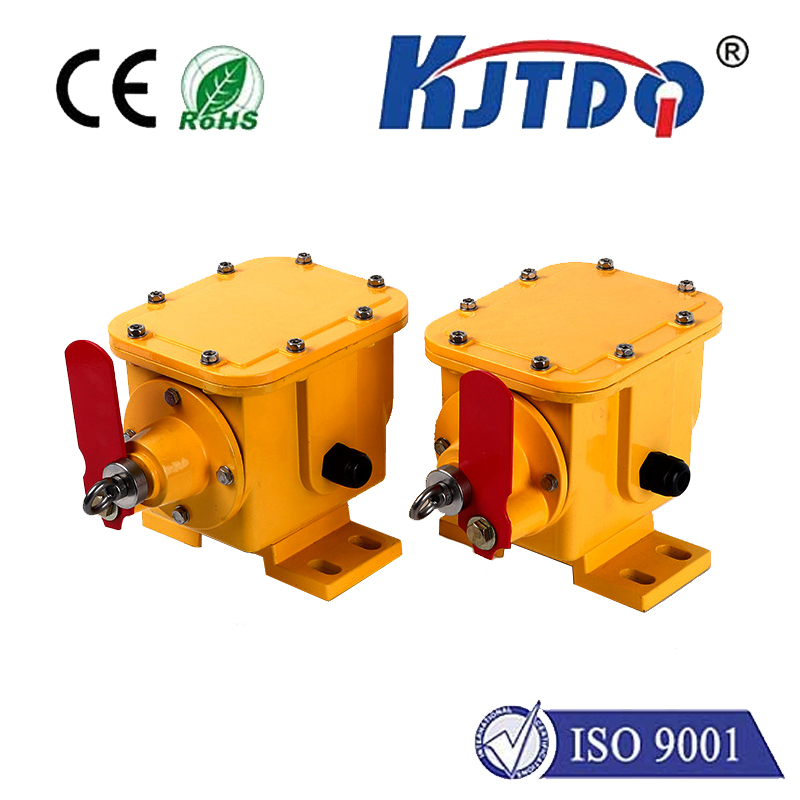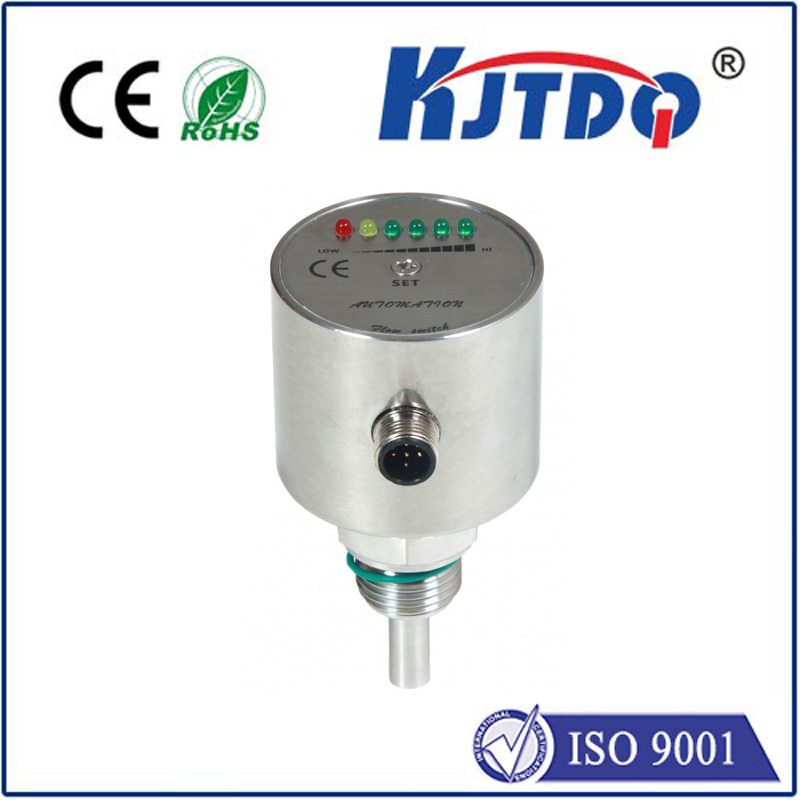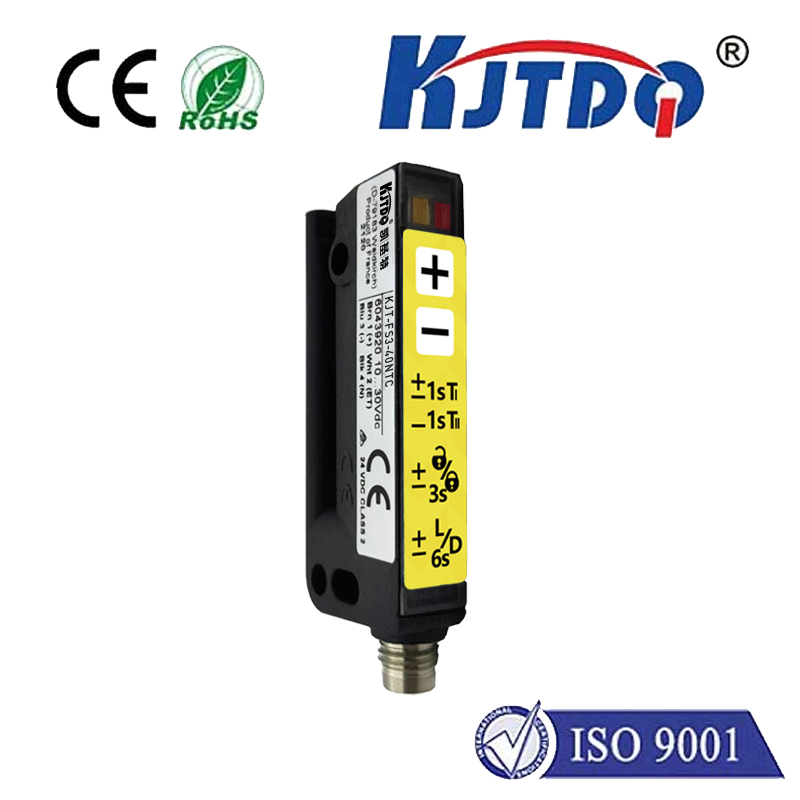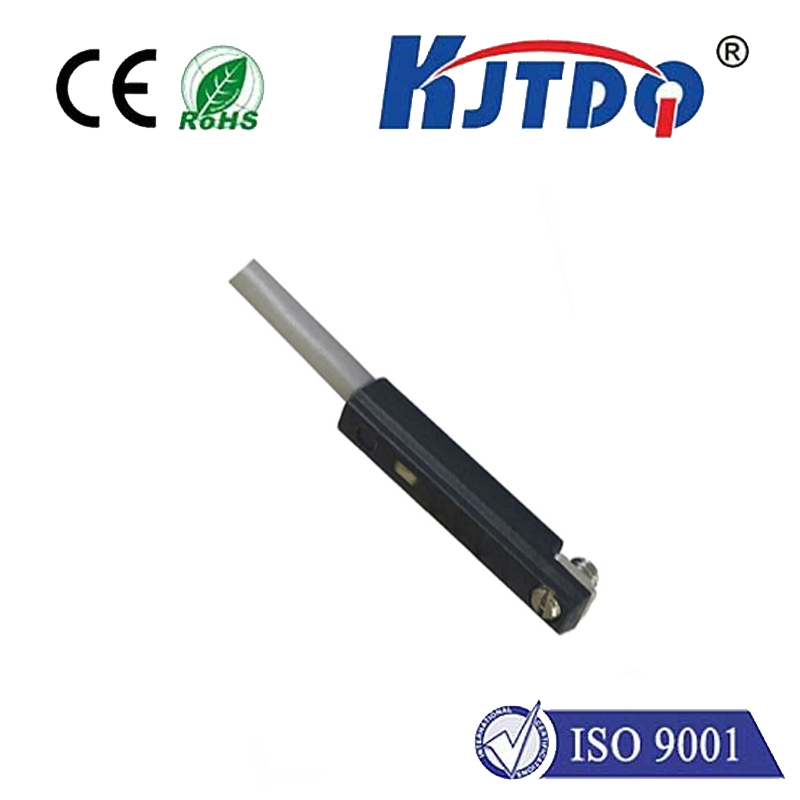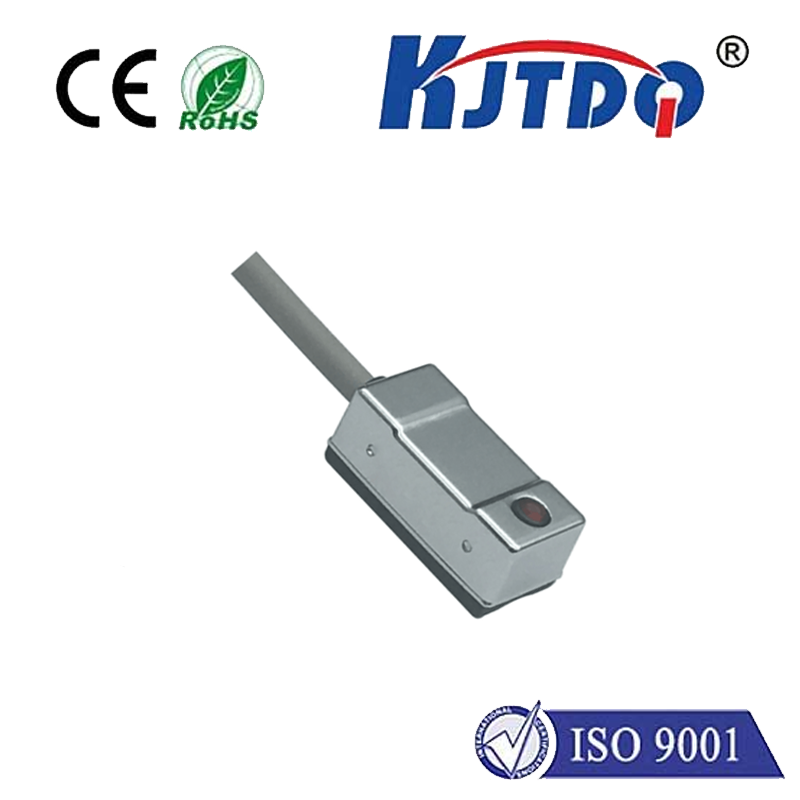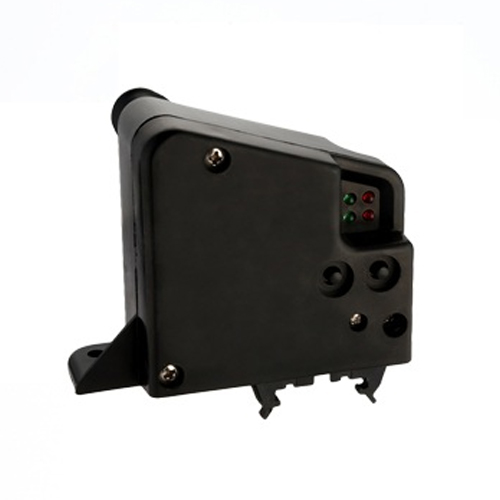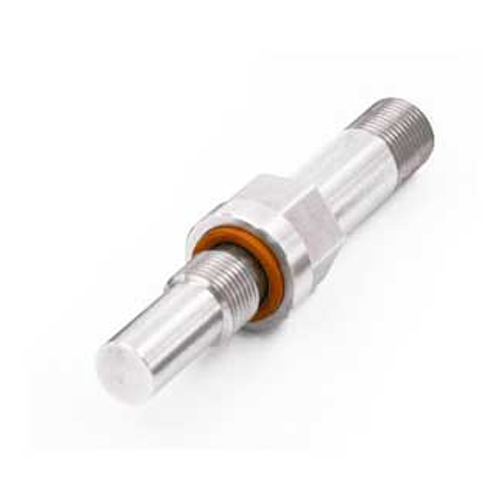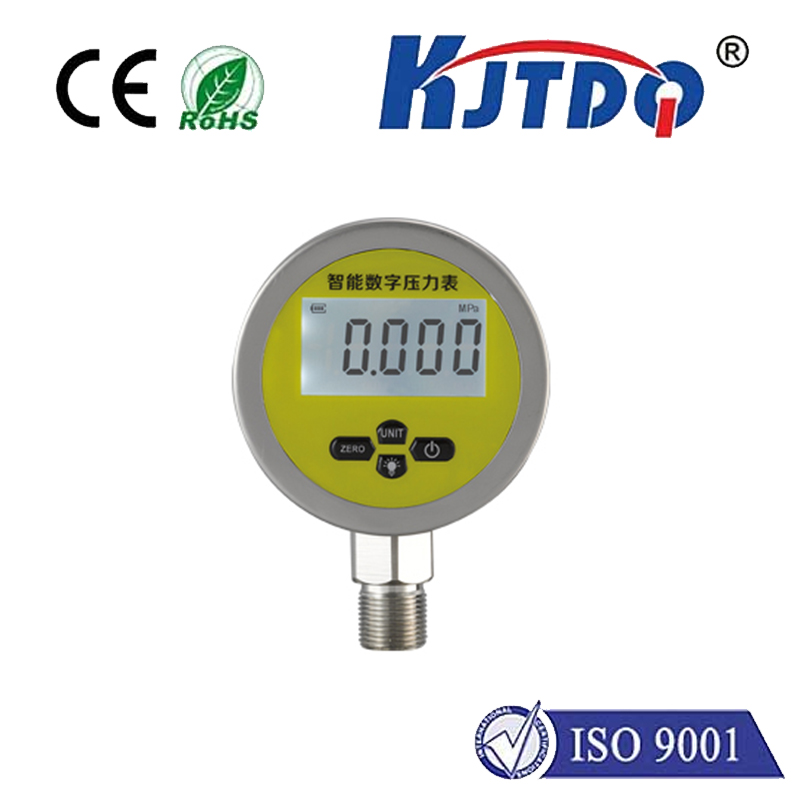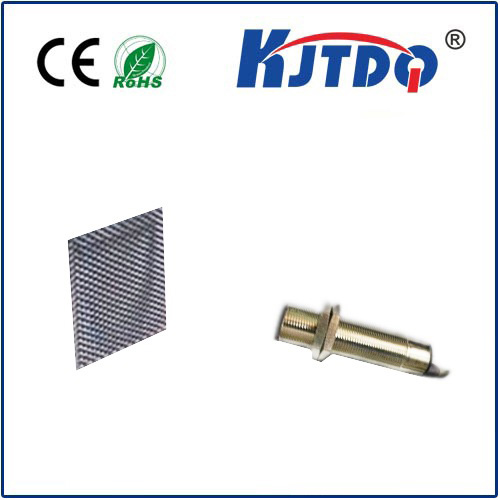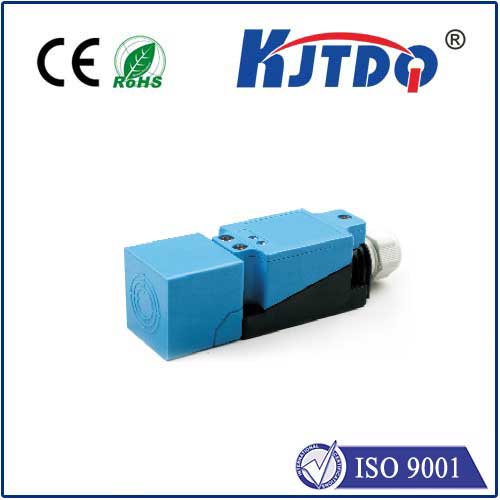xs1m18ma230 proximity sensor
- time:2025-06-27 02:07:48
- Click:0
The XS1M18MA230 Proximity Sensor: Precision Detection for Demanding Automation
In the intricate dance of modern manufacturing and robotics, seeing isn’t always possible. Machines rely on sensing – the ability to detect, measure, and react to the physical world without contact. This is where proximity sensors become indispensable, acting as the silent sentinels of automation. Among the reliable performers in this field stands the XS1M18MA230 proximity sensor, a specific model engineered for robust and accurate non-contact detection. Let’s delve into what makes this component a vital tool on the factory floor.
Understanding the Name: Decoding the XS1M18MA230
The model number itself holds valuable clues about its identity:
- XS1: This typically denotes the sensor series or family, often indicating a specific line from a manufacturer (like Omron, though always confirm the actual brand from datasheets).
- M18: This specifies the physical housing diameter in millimeters. M18 sensors are incredibly common in industrial automation due to their ideal balance of size, robustness, and ease of installation. They fit standardized mounting holes widely used in machinery.
- MA: This suffix often indicates the sensing technology and output type. In this context:
- Inductive Proximity Sensor (MA): This is the most likely interpretation. Inductive sensors detect the presence of metallic targets (steel, aluminum, brass, etc.) without physical contact. They generate an electromagnetic field; when a metal object enters this field, it induces eddy currents, causing a detectable change in the sensor’s internal oscillation.
- Output Configuration: The “A” might further specify the output type (e.g., Normally Open (NO) or Normally Closed (NC), PNP or NNP transistor output). Consulting the specific datasheet is crucial for this detail.
- 230: This could refer to several things, often indicating a specific sensing distance specification in tenths of a millimeter (e.g., 2mm, 3mm, 5mm, 8mm), or sometimes voltage rating (like 10-30V DC). Again, the datasheet provides the definitive answer, but a sensing range of 2mm, 3mm, or 5mm is highly probable for an M18 inductive sensor.
Therefore, the XS1M18MA230 is fundamentally an inductive proximity sensor housed in an M18 threaded barrel, designed to reliably detect the presence of metallic objects within its specified range.

Core Functionality: How the XS1M18MA230 Works
Operating on the principle of electromagnetic induction, the XS1M18MA230 is a non-contact solution. Inside its M18 housing, a coil generates a high-frequency oscillating magnetic field that radiates from the sensing face. When a metallic target approaches this active field area:
- Eddy Currents: The magnetic field induces small circulating electrical currents (eddy currents) within the target material.
- Energy Dampening: These eddy currents draw energy from the sensor’s oscillating circuit, causing a measurable dampening effect.
- Detection Circuit Trigger: The sensor’s internal circuitry detects this change in oscillation amplitude or frequency.
- Signal Switching: Based on the detected change, the sensor’s solid-state output transistor instantly switches state. This provides a clear electrical signal (e.g., a voltage switch) indicating the target’s presence or absence.
Key Features & Benefits of the M18 Inductive Sensor (XS1M18MA230)
While exact specifications require the datasheet, sensors like the XS1M18MA230 typically offer a suite of advantages inherent to their design:
- Robust Construction: The M18 metallic housing (often nickel-plated brass or stainless steel) provides excellent resistance to impact, vibration, and harsh industrial conditions. This makes the XS1M18MA230 ideal for demanding environments like machine tools, conveyors, and assembly lines.
- High Reliability & Long Life: Without physical contact or moving parts, inductive proximity sensors like this model are virtually wear-free. They offer exceptional long-term reliability and minimal maintenance needs.
- High-Speed Operation: Capable of switching frequencies often reaching several hundred Hertz or even kHz, they excel in high-speed counting and positioning applications (e.g., detecting parts on fast-moving conveyors).
- Immunity to Environmental Factors: These sensors are largely unaffected by dust, dirt, oil, moisture, and ambient light, unlike optical sensors. This resilience is critical in many factory settings.
- Simple Integration: The standardized M18 threaded barrel allows for straightforward mounting using nuts or brackets. Connection is typically via industry-standard M12 connectors or pre-wired cables.
- Operating Voltage: Commonly rated for 10-30V DC, compatible with standard industrial control voltages.
- Output Type: Likely features a solid-state PNP (sourcing) or NPN (sinking) transistor output (3-wire), providing a clean, fast switching signal to PLCs or controllers. The specific output (e.g., NO/NC) is vital for circuit design.
- Sensing Range: Offers a defined non-contact detection distance for metallic objects, consistent within its specifications. This precision enables accurate positioning and detection.
Industrial Applications: Where the XS1M18MA230 Shines
The combination of robustness, reliability, and non-contact detection makes the XS1M18MA230 proximity sensor a workhorse across numerous sectors:
- Automated Machinery: Detecting presence/absence of parts, monitoring tool position (end-of-stroke), confirming workpiece clamping, verifying spindle orientation.
- Conveyor Systems: Counting objects, detecting jams, verifying product transfer points, controlling sorting gates based on presence.
- Robotics: Confirming gripper closure (detecting the gripper body or part), verifying end effector position, providing safety interlocks near clamps.
- Material Handling: Monitoring bin levels (detecting metal chutes or agitators), confirming pallet positioning, detecting forklift position within guides.
- Packaging Equipment: Verifying carton presence, confirming case sealer flap closure (detecting metal component), controlling filling operations.
- Metalworking: Detecting metal sheets or billets, verifying chuck jaws are closed, monitoring coolant presence via float (if metallic), confirming tool magazine position.
Selecting and Implementing the XS1M18MA230
Choosing the right sensor is critical:
- Target Material: Confirm your target is ferrous (iron, steel) or non-ferrous (aluminum, brass, copper) metal. Inductive sensors detect both, but sensing range can differ. The XS1M18MA230 datasheet specifies its nominal sensing range (Sn), typically for mild steel, and correction factors for other metals.
- Required Sensing Distance: Choose a sensor whose nominal range (Sn) exceeds your actual mounting distance requirement. Factor in temperature fluctuations and manufacturing tolerances – operating at 60-80% of Sn is often recommended for reliability.
- Mounting: Ensure adequate clearance around the sensor head. Flush-mountable sensors can be embedded in metal, while non-flush types require a surrounding non-metallic zone. The M18 thread offers versatile mounting options.
- Output Configuration: Determine if you need Normally Open (NO - output active when target detected) or Normally Closed (NC - output inactive when target detected), and whether your control system requires PNP (sourcing) or NPN (sinking) switching.
- Electrical Connection: Match the supply voltage (10-30V DC) and ensure proper polarity. Use






